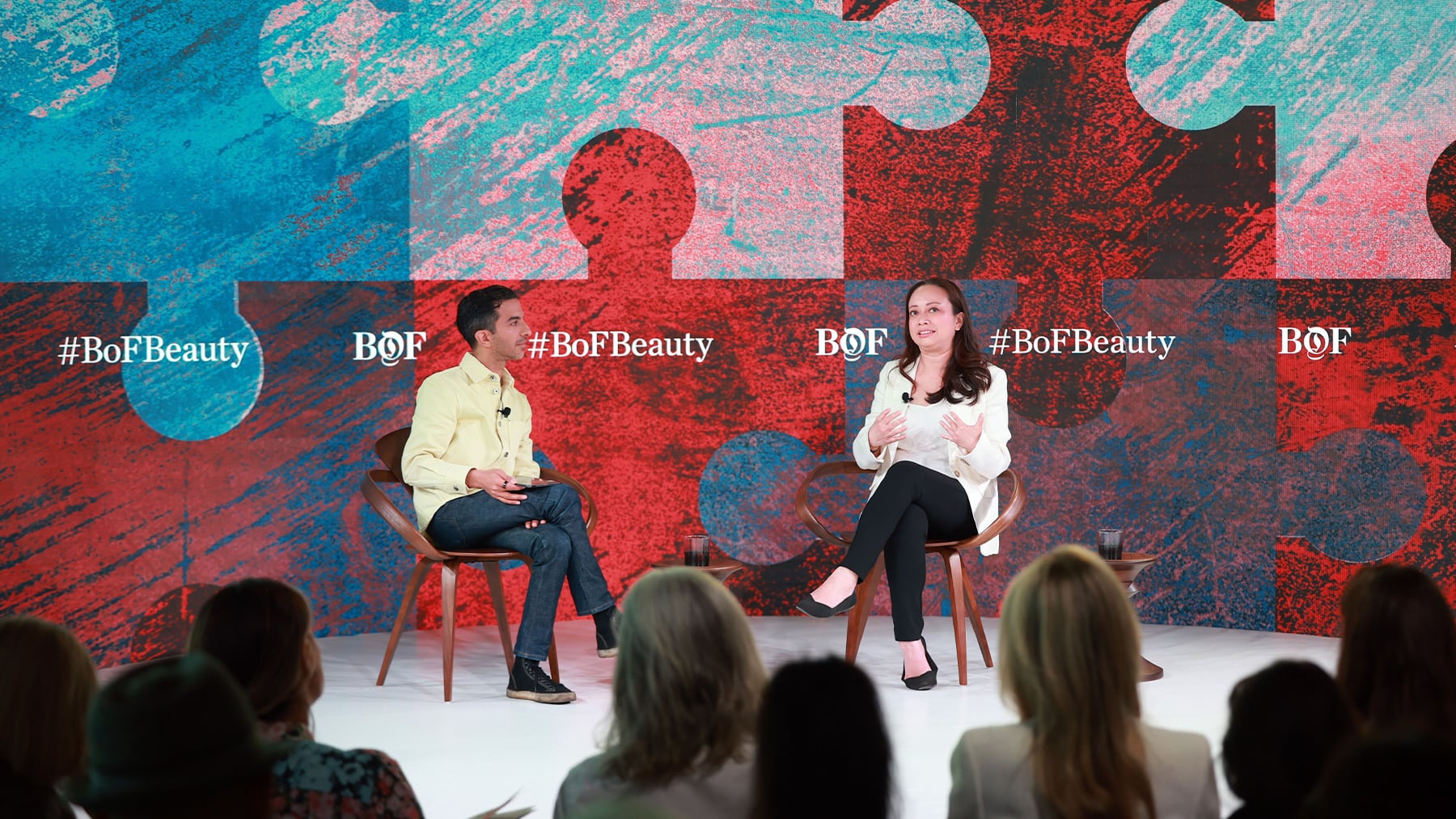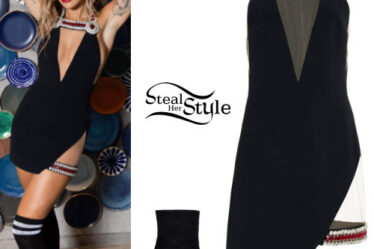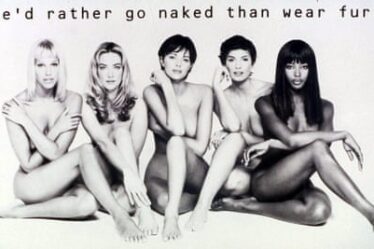
The author has shared a Podcast.You will need to accept and consent to the use of cookies and similar technologies by our third-party partners (including: YouTube, Instagram or Twitter), in order to view embedded content in this article and others you may visit in future.
Subscribe to the BoF Podcast here.
Background:
2024 has the potential to be a dynamic year for dealmaking in beauty, as brands including Makeup by Mario, Kosas, Merit and even Selena Gomez’s Rare Beauty begin exploring their strategic options. But strategic buyers and private equity firms are also adopting more selective acquisition strategies.
At The Business of Beauty Global Forum 2024, Vennette Ho, managing director and global head of beauty and personal care at investment bank Financo Raymond James shared her expert views on this year’s M&A scene in the beauty industry. Ho is the industry’s most respected investment banker, so when she talks, the beauty industry listens.
“M&A happens when there’s a fundamental change in the consumer. The consumer needs and the consumer wants are something that the strategics today don’t have,” Ho explained. “Every time there’s an evolution of a consumer need or want or expectation, M&A has to become a necessity for large strategies to look at.”
This week on The BoF Podcast, Imran Amed, BoF founder and editor-in-chief sits down with Ho to discuss the evolving nature and market of the beauty industry.
Key Insights:
- According to Ho, consumer expectations for beauty brands have changed, as well as how they engage with them. Acquiring indie brands helps conglomerates meet those expectations. “A lot of the big companies don’t have … the ability to incubate internally, they don’t have the ability to come up with something. It really comes honestly from the hearts of founders and it comes from private companies. As a result, M&A becomes really necessary,” she says.
- Ho advises founders to get to know lots of potential acquirers when considering a potential acquirer, in order to understand who shares your values before making a deal. “It also goes for the other side that they feel like they know you and you can have a better alignment from the beginning,” she adds.
- The perfect exit process is not just about the closing of the deal but also what happens after. “What happened six, 12 months, three years after the deal happened? Are people still feeling the same way? I think that’s where we get the most pride and say, ‘Okay, this actually impacted the industry in some huge way that went beyond just that moment of the deal,’” says Ho.
- Looking towards the future of the industry, Ho believes we’ll continue to see the breakdown of beauty category silos. “I think some of the most interesting and most disruptive companies don’t actually fit into that mould and don’t actually fit into a traditional thing,” she said. “The consumer doesn’t think, ‘Is this a prestige brand? Is this a mass brand? Is this a skincare brand?’ They’re thinking, ‘Is this a brand that I want to engage with that engages me in a certain way?’ There’s a really exciting democratisation of things where brands can exist in different channels at the same time.”
Additional Resources:
- Why L’Oréal Is Investing in Niche Chinese Fragrance Brands: The French beauty giant’s two latest deals are part of a wider M&A push by global players to capture a larger slice of the China market, targeting buzzy high-end brands that offer products with distinctive Chinese elements.
- The Changing Shape of Beauty M&A: Beauty megadeals may be few and far between over the near term, but M&A will still be critical for buyers and sellers seeking growth, innovation and competitive product portfolios, reports The State of Fashion: Beauty.
- Beauty’s Top M&A Targets: A flurry of deals just weeks into the new year are a sign of things to come. The Business of Beauty identifies the top targets of the year.



